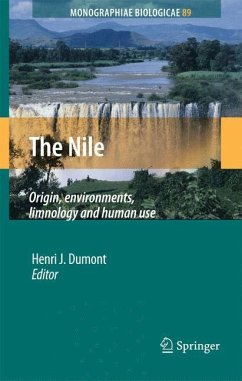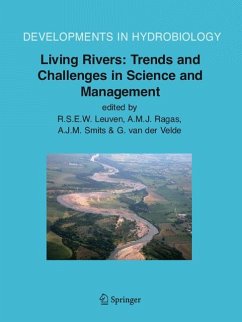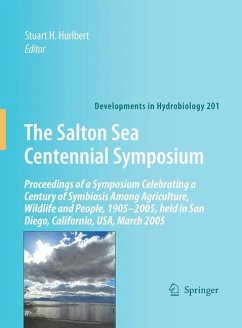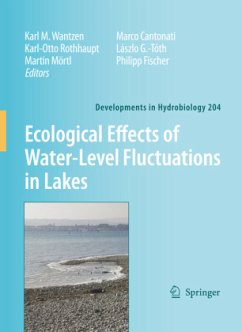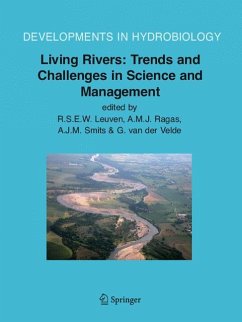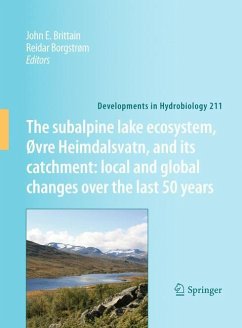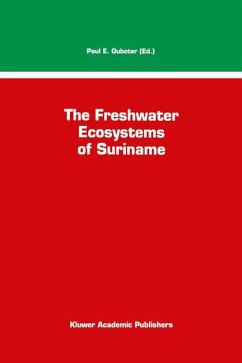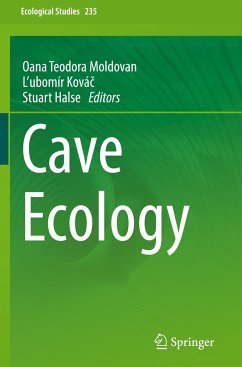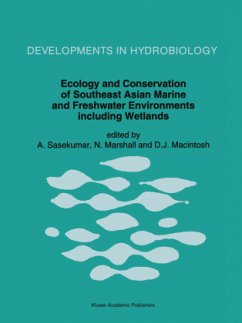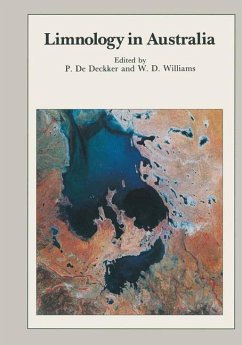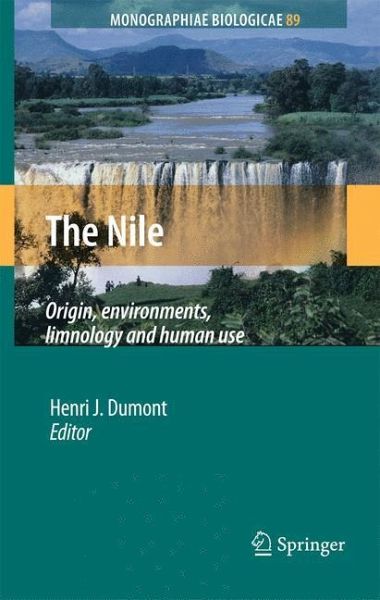
The Nile
Origin, Environments, Limnology and Human Use
Herausgegeben: Dumont, Henri J.

PAYBACK Punkte
114 °P sammeln!
The book discusses the Nile basin from a holistic point of view, giving due attention to its geological history, hydrology, climate, and the full diversity of subsystems such as lakes and swamps. It discusses at length the biota of the basin, and derives general conclusions on the biodiversity of the plants and animals that inhabit it. It also examines the effects of human interventions, mainly dam building, but also pollution and eutrophication. It ends with several contributions on the natural resource value of water, and the constraints this imposes on the policies of the riparian states.
What have we learnt about the Nile since the mid-1970s, the moment when Julian Rzóska decided that the time had come to publish a comprehensive volume about the biology, and the geological and cultural history of that great river? And what changes have meanwhile occurred in the basin? The human popu- tion has more than doubled, especially in Egypt, but also in East Africa. Locally, industrial development has taken place, and the Aswan High Dam was clearly not the last major infrastructure work that was carried out. More dams have been built, and some water diversions, like the Toshka lakes, have created new expanses of water in the middle of the Sahara desert. What are the effects of all this on the ec- ogy and economy of the Basin? That is what the present book sets out to explore, 33 years after the publi- tion of "The Nile: Biology of an Ancient River". Thirty-seven authors have taken up the challenge, and have written the "new" book. They come from 13 different countries, and15 among them represent the largest Nilotic states (Egypt, Sudan, Ethiopia, Uganda, and Kenya). Julian Rzóska died in 1984, and most of the - authors of his book have now either disappeared or retired from research. Only Jack Talling and Samir Ghabbour were still available to participate again.





